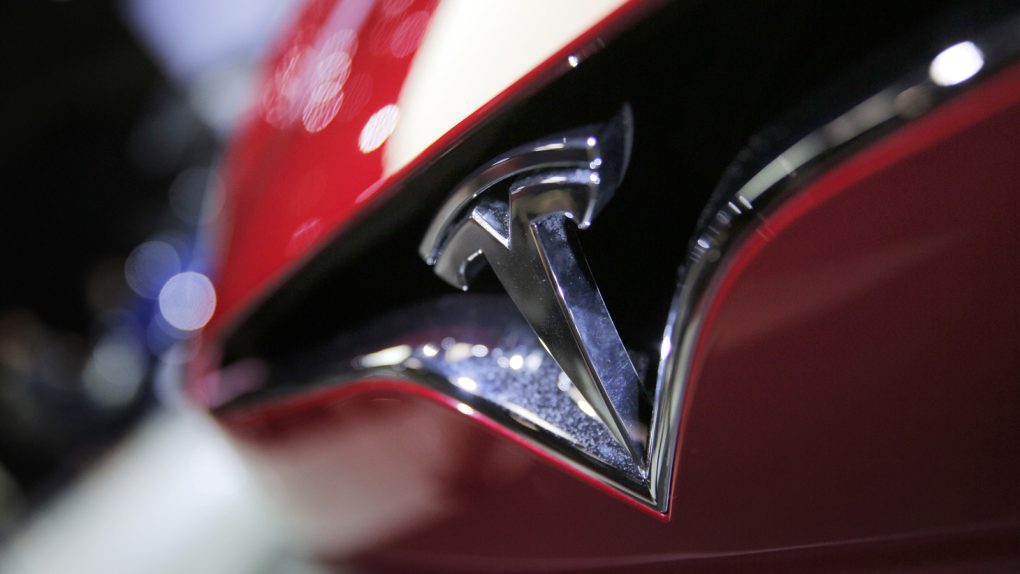Despite Tesla’s best efforts, Model 3 deliveries over the past quarter were exceptionally low. Getting down to specifics, Tesla earlier this afternoon posted its earnings report for the third quarter and revealed that it only managed to deliver 222 vehicles to customers over the past few months. As we’ve covered previously, Tesla is still encountering some production bottlenecks with the Model 3, though Elon Musk has assured the Tesla faithful that things are looking up. All told, it’s abundantly clear that Tesla’s goal of manufacturing 20,000 Model 3 units per month by December is nothing more than a pipe-dream at this point.
Looking ahead, Tesla anticipates that Model 3 production will finally reach 5,000 units per month sometime by the end of March.
Regarding the aforementioned production delays, Tesla’s earning report notes:
To date, our primary production constraint has been in the battery module assembly line at Gigafactory 1, where cells are packaged into modules. Four modules are packaged into an aluminum case to form a Model 3 battery pack. The combined complexity of module design and its automated manufacturing process has taken this line longer to ramp than expected. The biggest challenge is that the first two zones of a four zone process, key elements of which were done by manufacturing systems suppliers, had to be taken over and significantly redesigned by Tesla. We have redirected our best engineering talent to fine-tune the automated processes and related robotic programming, and we are confident that throughput will increase substantially in upcoming weeks and ultimately be capable of production rates significantly greater than the original specification.
As for how Tesla performed otherwise during the quarter, well, that’s something of a mixed bag. Despite record revenue to the tune of $2.9 billion, Tesla lost $619 million for the quarter, which translates out to $2.92 per share. As a point of context, analysts on Wall St. were anticipating a strong loss, but more in the range of $2.30 per share.
The silver lining, though, is that Tesla over the past three months received orders for and delivered a record number of Model S and Model X vehicles.
“During Q3,” Tesla’s earnings report reads in part, “we received record net orders for Model S and Model X, setting the stage for what should be an all-time record for deliveries of these vehicles in Q4.”
The earnings release further reads:
In Q3, we delivered 25,915 Model S and Model X vehicles and 222 Model 3 vehicles, for a total of 26,137 deliveries. Combined Model S and Model X deliveries in Q3 grew 18% globally compared to Q2 and 4.5% versus the same quarter one year ago. Consequently, both Model S and Model X gained further market share in the US luxury vehicle market. In addition, our used vehicle sales more than doubled from the prior quarter.
Model S and X combined net orders in Q3 also hit an all-time record in our North American, European and Asian markets individually, driven primarily by increased awareness of Tesla from the Model 3 launch and the addition of new stores internationally.
All in all, investors weren’t thrilled with Tesla’s growing losses, with the stock falling by more than 12% during after-hours trading. Still, demand and interest in the Tesla brand is seemingly stronger than ever. Now the only question is whether or not Tesla can boost production fast enough to capitalize upon that demand to the fullest extent possible.








